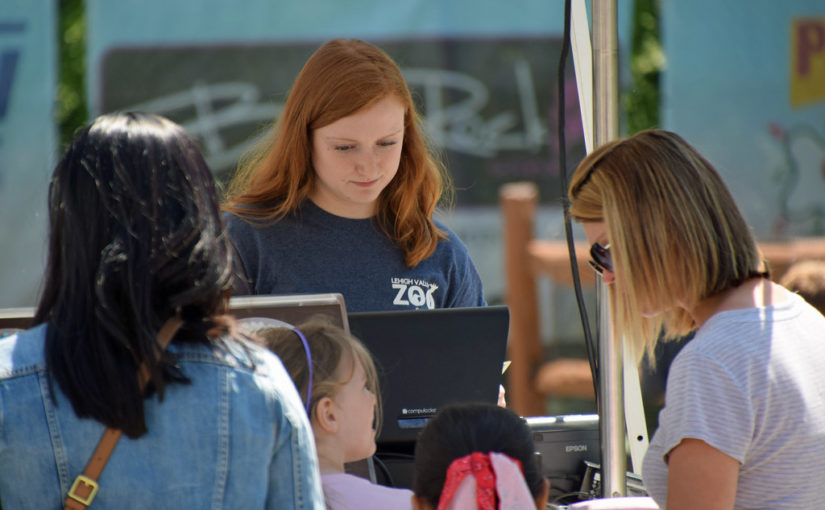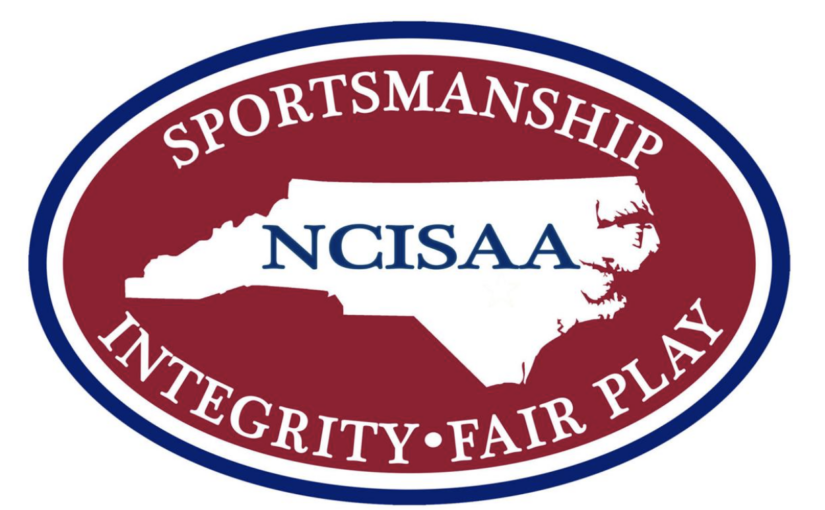11 Tips In Finding Volunteers & Support Personnel
For some athletic administrators, it may be difficult to find volunteers or support personnel to run the concession stand at contests, to man the chains at football games, to operate the scoreboard and a host of other tasks.
Most individuals who might help have their own full-time jobs, some may have a student on a team and want to watch games, or others may feel that they have done enough in the past. All of these possible reasons may complicate your efforts to fill these necessary support positions.

Booster clubs can be extremely helpful in raising funds for your program. If you have individual clubs for your various sports instead of one overall organization, however, this can be another complication for finding volunteers. Parents may be repeatedly asked to help if their child plays more than one sport or if there are other siblings in the family who are a member of a team. Beyond better oversight in terms of Title IX compliance, one overall booster club provides a mechanism to better utilize parent volunteers by fairly spreading out their contributions. Therefore, you should strongly consider having only one overall booster club.
It is possible that a few parents may volunteer to believe that this will lead to preferential treatment for their child. Therefore, it is incumbent upon an athletic administrator to clearly define the limits and expectations for anyone helping with support tasks. Parent volunteers are not assistant coaches, for example, and they should not be allowed on the sidelines or on the team bench. You should spell this out and be as detailed and specific with regard to what they can and cannot do. Leave nothing to chance.
With these basic parameters established, the following are some considerations and suggestions which should help you to find volunteers and support personnel.
- Determine how many and for what tasks do you need volunteers? Your analysis should include all sports and seasons. It would also be a good idea to include in your number a few extra so that you have someone who can fill in if there is an illness or some other unforeseen circumstance. You always want to ensure that you have enough help in order for the game to proceed smoothly and without a hitch.
- Investigate whether you can possibly pay ticket sellers or other personnel even if it is perhaps $20 a game. It may be that you need adults to fill these positions, they may have to be board-approved and payment may have to be made via a check in order to meet transparency requirements. While you really need to follow district protocols when dealing with money from selling tickets, a token stipend at gate-producing events may be a practical alternative.
- Use parents whose children play on teams in other seasons to run the concession stand. For example, basketball, wrestling, and baseball parents could take on the responsibilities for the football and soccer contests in the fall. Of course, you would take the same approach during the winter season and if you have any opportunities in the spring.
- Appeal to retirees in your community. First, they have more flexible, unstructured time and you may be able to appeal to their sense of ‘giving back’ to young people and their school. How do you reach this segment of the population? Put up a notice in a senior center, or actually visit one and explain your needs. A number of people in this age group are looking for meaningful ways to continue to contribute to their community.
- Reach out to former players and alumni of your athletic program. A major advantage of taking this approach is that these individuals already have a connection and appreciation for what your teams do for young people. This should give you a logical opening and actually mention to alumni athletes that volunteering is a great way to give back to the program that they loved. All you have to do is reel them in.
- Check with community groups and athletic clubs. For cross country and track meets, for example, members of running clubs would be a good source of volunteers. After all, they have experience and a love of the sport, and this is a pretty good starting point for the recruitment of helpers. You may also have adult softball, volleyball, or basketball leagues in your community which might be a logical place to look. There may be good, untapped sources right under your nose. You just have to take a chance.
- Contact local colleges, particularly if they offer a sports management or coaching major, to see if you can get some of their students and athletes involved. Perhaps you can set up a program in which their students can fill some of the volunteer positions in order to get partial intern credit and to gain some real, practical experience. It could be a win-win proposition for everyone.
- Provide swag such as a t-shirt, sweatshirt, or a cap for your volunteers. Set up a system or criteria whereby after someone works a number of times at the concession stand or operates the score clock for the season, they get a t-shirt. After working at additional contests in the future, the next level might mean that an individual would get a sweatshirt. After all, people love team gear and this would be a nice reward for volunteering.
- Use newsletters and websites to list and thank volunteers. With this approach, there is no cost involved. And it is important to realize that most individuals will respond positively to thanks and praise. You never want to take anyone for granted. It is completely reasonable that if you regularly show your appreciation, these individuals will continue to help.
- Create a bulletin board in the gym lobby in order to recognize and post the volunteer of the month. This approach works well if you have or can install an enclosed acrylic door bulletin board which will protect a photo and brief write-up. Any effort in which you acknowledge or recognize the efforts of individuals who give of their valuable time will pay dividends. Showing appreciation for one’s contributions is vital in any working relationship.
- Ask your most dependable volunteers to bring along a friend to the next contest in which they work. Letting community members see what is involved and how it benefits young people may result in someone else stepping up and offering to help. Seeing everything first-hand is extremely helpful.
No one suggests that finding volunteers or support personnel for your program will be easy. If you persevere, be creative and work at this task, however, you can be successful.





